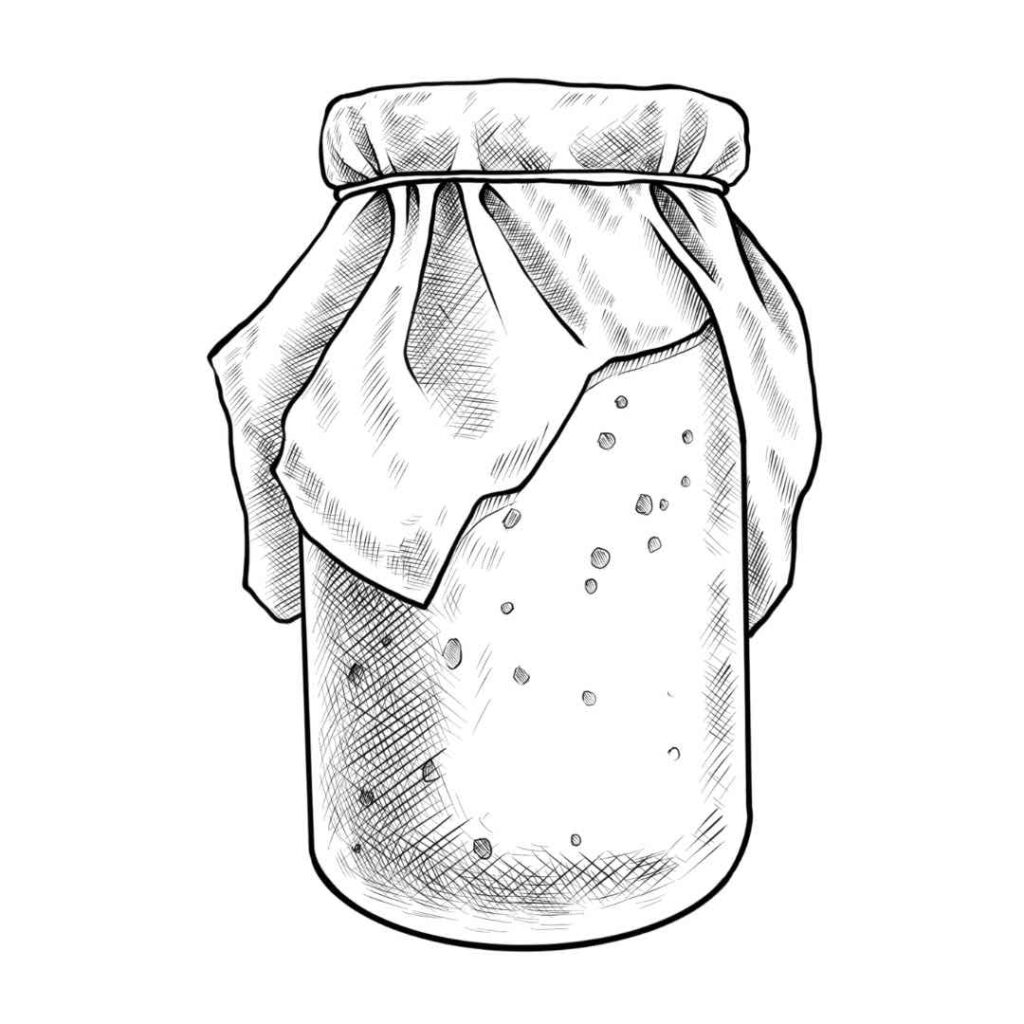Vegetable fermentation | everything you need to know
As fresh vegetables are ready for consumption, Fermentation has been used to preserve them for centuries. The Chinese described the Fermentation of vegetables as early as the third century BC. Therefore, Fermentation is a simple and energy-efficient method of preserving foods.
Fermented vegetables continue to be an important part of the human diet in Asia and parts of Europe and developing countries where canned or frozen vegetables are not widely available.
Why would one Ferment Vegetables?
Fermented vegetables have been around since the beginning of time, and humans have mastered their production due to their numerous benefits and are the one that encourages the growth and life cycle of beneficial bacteria, thereby changing the flavor and shelf life of ingredients.
Fermenting is a simple and delicious way to preserve food while providing health benefits. Hence, all vegetables contain the beneficial bacteria lactobacillus, and when you slice, grate, or squeeze them with salt, the juices mix with the salt to form a brine.
Lactobacillus multiplies and begins to break down the ingredient, digesting the natural sugars and transforming them into lactic acid, resulting in a tangy flavor and an acidic environment that inhibits the growth of harmful bacteria.
Consuming fermented vegetables and other fermented foods can provide health benefits. Fermentation also increases or preserves the nutrients and enzymes in the vegetables. Many vegetables become more digestible as a result, promoting good gut health.
Fermented vegetable products share the characteristics of high acidity and low pH, which make them safe and microbiologically stable throughout their shelf life.
However, certain acid-resistant pathogenic bacteria can survive without adequate processing or handling. Fermented vegetable foods and beverages are estimated to account for approximately one-third of all foods consumed globally on a daily basis due to their high nutritional value.
Type of Fermentation for Vegetables
Naturally occurring lactic acid bacteria are typically used in the Fermentation of vegetables. Because the LAB bacteria are naturally found in the vegetables, this is considered wild Fermentation. Many bacteria colonize fresh vegetables at first; these organisms will compete.
Lacto-fermentation is one of the oldest and most widely used methods of Fermentation in many different cultures worldwide. Lacto-fermented foods, which include everything from yogurt to kimchi, are also widely available.
It may appear strange, but not all bacteria harm your health. Many ‘good’ bacteria have properties that can help keep your stomach healthy. Lactobacillus is a bacteria found in most fruits and vegetables.
Lactobacillus ferments sugar into lactic acid during lacto-fermentation. This then acts as a natural preservative and imparts that lovely, tangy, fermented flavor to your vegetables. Lactic acid also aids in the preservation of natural flavors and nutrients in food.
Pickles, sauerkraut, and olives are the most common fermented vegetables in the United States. Other vegetables, such as carrots, cauliflower, celery, onions, and hot peppers, are fermented in smaller amounts, usually mixed Fermentation.
Must For Successful Vegetable Fermentation
Lacto-fermentation is safe if the brine is made with the correct salt-to-water ratios. Because the brine creates an environment in which harmful bacteria cannot survive, the food is safe and healthy. Following are the tips for safe vegetable fermentation;
Make use of fresh ingredients and keep your hygiene up. Vegetables should be cleaned. Before using your tools, thoroughly wash them in hot, soapy water.
Use the amount of salt specified in the recipe. Some people are concerned about salt content, but creating an environment in which harmful bacteria cannot survive is critical. All of my recipes have been thoroughly tested and use just the right amount of salt to ensure safe Fermentation without being overly salty.
When making sauerkraut, ensure that the salt is evenly distributed throughout the cabbage. Make sure the salt is completely dissolved in the brine when making pickles.
When fermenting vegetables, use only distilled or purified water. Tap water contains chemicals such as chlorine, which can harm good bacteria and cause a bad ferment.
Mold can form on the brine’s surface after fermenting for a more extended period of time (5 days or more). You can skim it off the surface. Everything beneath the brine is still edible. Here are some methods for preventing mold formation, so you don’t have to deal with it.
To prevent mold from forming on the surface of the fermented vegetables, stir the surface daily. Alternatively, push vegetables that have risen to the brine’s surface back down.
Use an airtight jar. Their lids keep air out of the pot and mold at bay.
Use a fermentation crock with a water seal. These are the Cadillacs of the crocks, designed to create an airtight seal and thus prevent mold.
Don’ts for Successful Vegetable Fermentation
Here are some mistakes to avoid when making fermented vegetable recipes.
For ferments, avoid using old, soggy cabbage or vegetables. They had already begun to rot on their own and could have caused a ferment to fail.
Salt is essential in the Fermentation of vegetables. Fermentation can go wrong if there isn’t enough salt, and mold can grow. On the other hand, too much salt makes it taste bad. As a result, we recommend weighing the vegetables in each fermented vegetable recipe to determine how much salt is required.
Although tempting, you should avoid opening the jar while your vegetables ferment. If you do, you expose your vegetables to a wide range of molds, yeast, and other microorganisms. Unwanted organisms could then grow on the surface of the vegetables.
Make sure you have all the necessary equipment to avoid failure on your first try! You can do it with what you already have or invest in specialized equipment. The most common error is being afraid to take the plunge.
Final Word
Fermenting vegetables is simple, quick, safe, cost-effective, and delicious. You already know half the recipe if you know how to make a salad! You can transform plain vegetables into tasty, lively condiments packed with goodness by following above mentioned simple guidelines.

Recipe Categories


